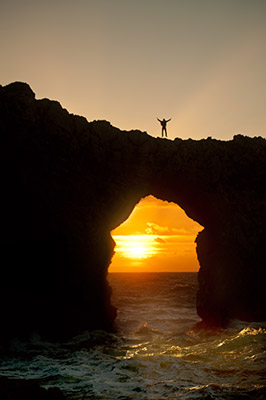jim0379
Active member
You can only see EXIF info for this image if you are logged in.
You can only see EXIF info for this image if you are logged in.
Wondering where others might have put the focal plane. I thought it rare to have both cranes and pelicans that close together, so stopped down a bit to try to get all the birds in focus.
In the top one, the pelican on right is fading out of focus, and I wonder if the composition would have been better if the pelicans were recognizable as such but blurred a bit to
draw the eye to the cranes.
Let me know what you would suggest please.
jim


